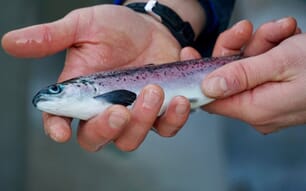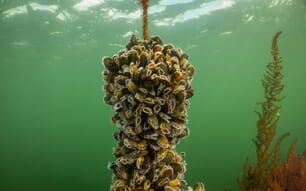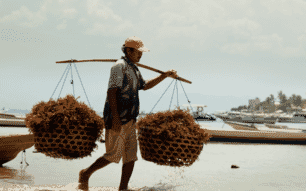The Norwegian Veterinary Institute received the first case of sick rainbow trout in hatcheries with an unknown illness in late August 2013. Samples from the second case were received in October and a third case was discovered in early November. Samples from the final hatchery with such disease were received in January 2014.
The illness was reported in fish between 30-100g and sick fish have been in freshwater, or there has been a little sea water (<1 per cent).
The National Veterinary Institute has started a minor infection experiment to examine whether the disease is contagious for rainbow trout and salmon.
Disease development
Sick fish had signs of circulatory failure. Fish may have had a pale body because of anemia and fluid in the abdominal cavity. The histopathological findings show varying degrees of inflammation in the heart, liver and red muscle.
Disease studies using PCR did not detect: Viral hemorrhagic septikemivirus (VHSV), infectious salmon anemia virus (ISAV), pancreas disease virus (SAV) or piscine orthoreovirus (PRV)
However, infectious pancreatic necrosis virus (IPNV) was found in small quantities at a facility.
Investigations of the bacterium Flavobacterium psychrophilum and the cultivation of viruses have also been negative.
Findings of virus Y
Sequences from a virus (virus Y) have been found in material from diseased fish. The virus is found in blood and may be associated with the disease. Sequences of the virus are used to establish a PCR method for detecting virus Y.
The importance of virus Y
It is not clear whether virus Y causes the disease characterized by cardiac inflammation and anemia, which until now has been found in the four hatcheries. One can imagine several possibilities:
- VirusY alone cause disease in rainbow trout
- VirusY interacts with another agent to cause the disease
- Another agent is the main cause of the disease and virusY are incidental findings and related to the disease
- A variant of virusY is causing the disease.
There is currently no evidence that the disease is transmitted to or have an impact on salmon, but this still needs to be investigated further. The disease is not transmitted to humans.




